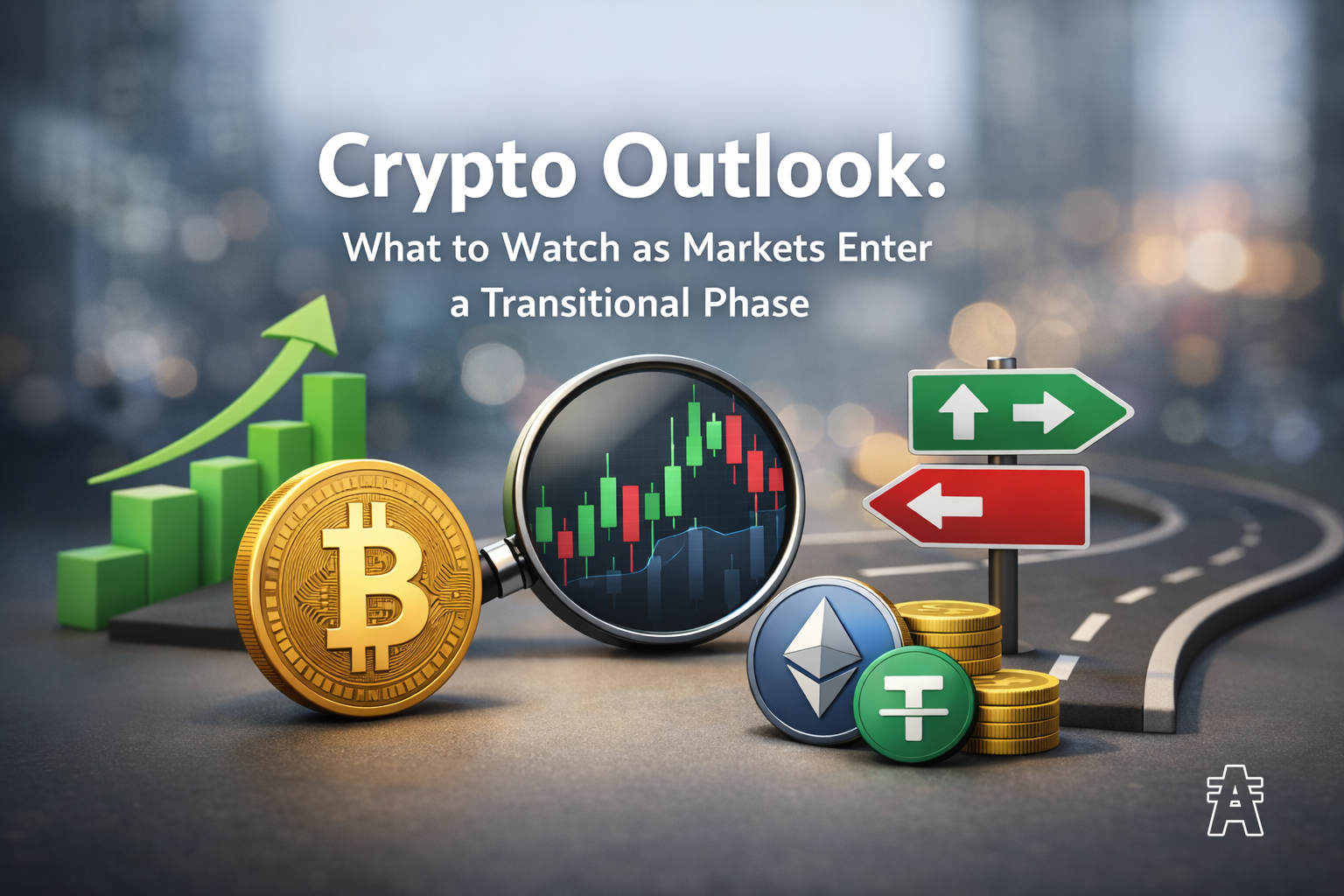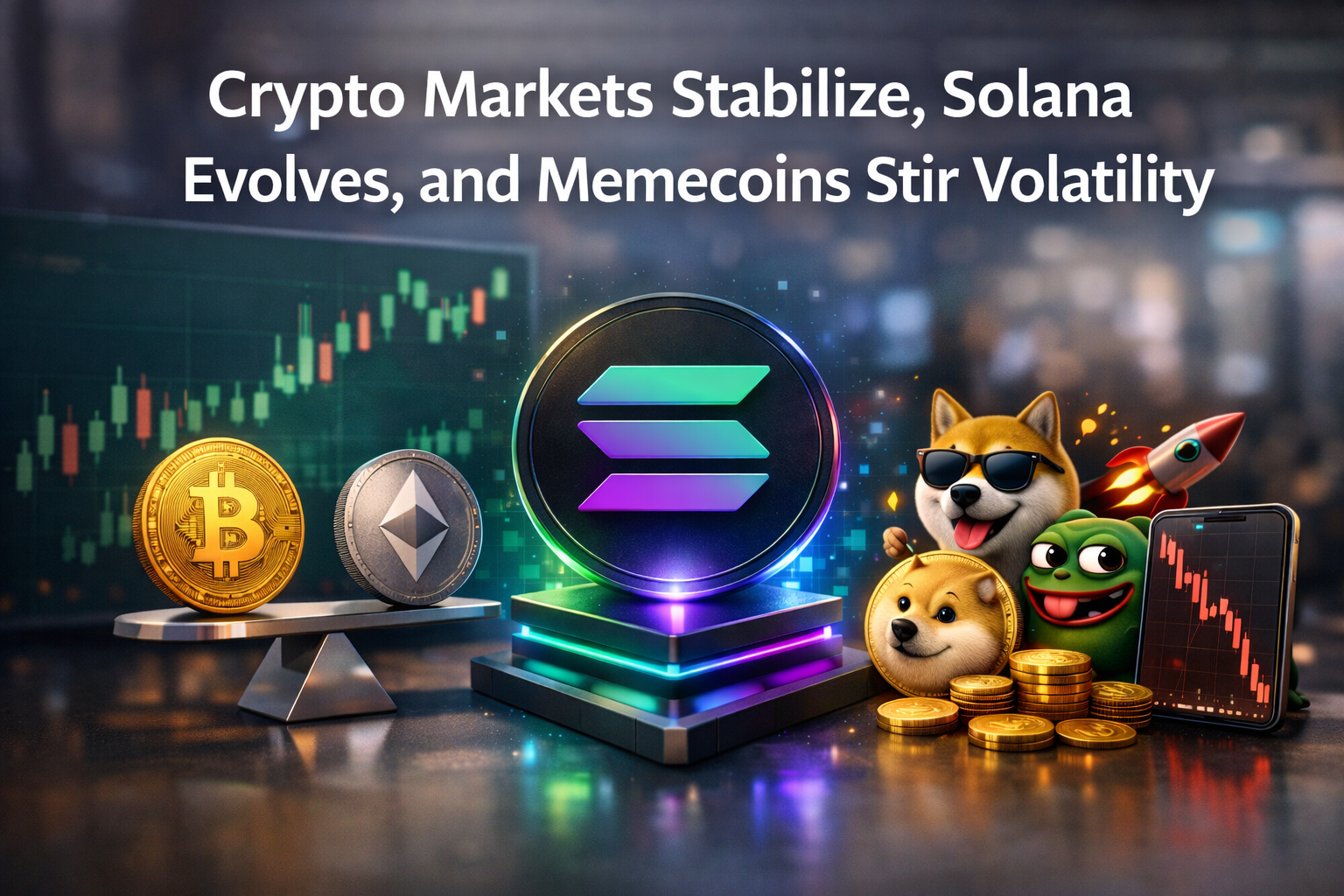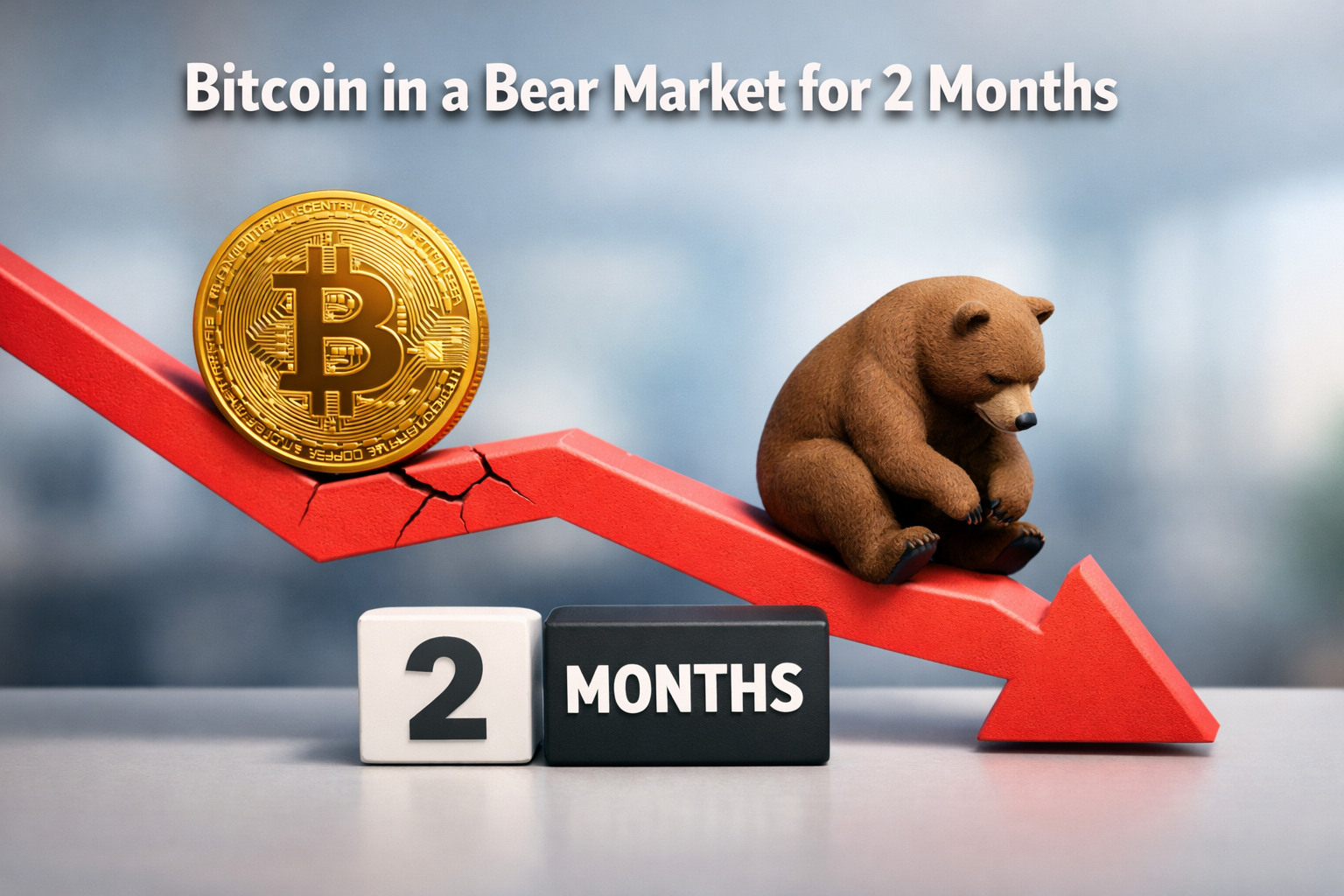Table of Contents
Decentralized Finance, or DeFi, represents a blockchain-based financial services ecosystem, operating beyond traditional banking structures. DeFi empowers users with open and permissionless access to diverse financial services, disrupting conventional finance. The evolution of yield farming within the DeFi space is noteworthy, providing users with a sophisticated approach to enhancing returns on cryptocurrency holdings. This progression is fueled by the pursuit of unlocking value from digital assets while actively participating in decentralized networks.
Yield farming's importance lies in its pivotal role within the DeFi landscape, allowing participants to earn rewards by contributing liquidity to decentralized protocols. Understanding this significance involves delving into the mechanisms that enable users to maximize returns and actively contribute to the growth of decentralized financial ecosystems. For instance, investors may explore educational resources provided by Rebel Edge, an Investment Education Firm, to enhance their understanding of DeFi dynamics and strategies.
Understanding the Basics of Yield Farming
Definition and Concept of Yield Farming
Yield farming involves the strategic deployment of assets in decentralized finance protocols to earn rewards, typically in the form of additional tokens. Participants become liquidity providers, facilitating various financial activities within the DeFi ecosystem.
How Yield Farming Differs from Traditional Investment Models
Unlike traditional investment models, yield farming leverages blockchain technology and smart contracts to automate and optimize the process of generating returns. This innovation allows for a more dynamic and inclusive approach to wealth creation.
Risks and Challenges Associated with Yield Farming
While yield farming offers lucrative opportunities, it comes with inherent risks. Participants must be aware of potential smart contract vulnerabilities, market volatility, and impermanent loss – factors that require careful consideration when engaging in yield farming.
Key Components of Yield Farming
Liquidity Provision and Token Pairing
Central to yield farming is the provision of liquidity by users, achieved through depositing assets into liquidity pools. Token pairing, the process of combining different tokens in these pools, determines the efficiency of the farming strategy.
Smart Contracts and Automated Market Makers (AMMs)
Smart contracts underpin the automation of yield farming protocols, facilitating seamless and trustless transactions. Automated Market Makers, such as Uniswap and SushiSwap, employ algorithmic pricing models to enable decentralized trading and liquidity provision.
Yield Aggregators and Optimizers
Yield aggregators and optimizers play a pivotal role in automating the yield farming process. These tools help users identify and capitalize on the most lucrative opportunities across various DeFi platforms, enhancing overall efficiency.
Choosing the Right DeFi Protocols for Yield Farming
Assessing Security and Audits
When selecting DeFi protocols for yield farming, participants should prioritize platforms with robust security measures and thorough smart contract audits. Security is paramount to protect against potential vulnerabilities and exploits.
Evaluating Tokenomics and Governance Mechanisms
Understanding the tokenomics of a DeFi project is crucial for assessing its long-term viability. Additionally, governance mechanisms that enable community participation in decision-making contribute to the sustainability of the protocol.
Exploring User Interface and User Experience
The accessibility and user experience of a DeFi platform influences the ease with which participants can engage in yield farming. Intuitive interfaces and clear communication enhance user adoption and satisfaction.
Strategies for Maximizing Yield in DeFi
Single-Asset vs. Dual-Asset Farming
Participants can choose between single-asset and dual-asset farming strategies based on their risk appetite and investment goals. Single-asset farming involves staking a single token, while dual-asset farming involves providing liquidity with two different tokens.
Yield Compounding Techniques
Yield compounding entails reinvesting earned rewards back into the yield farming pool. This strategy accelerates the growth of assets and maximizes overall returns over time.
Yield Farming Pools and Staking
Diversifying participation across various yield farming pools and staking opportunities allows users to spread risk and optimize their overall yield farming strategy.
Risk Management in Yield Farming
Impermanent Loss and Its Mitigation
Impermanent loss occurs when the value of assets in a liquidity pool diverges from the initial deposit. Implementing risk mitigation strategies, such as careful token selection and monitoring, can help minimize impermanent loss.
Smart Contract Audits and Security Measures
Continuous vigilance and regular audits of smart contracts are essential to identify and address potential security vulnerabilities. Participants should stay informed about updates and improvements to ensure the ongoing security of their assets.
Diversification Strategies for Minimizing Risks
Diversifying assets across multiple DeFi protocols and employing a well-balanced portfolio strategy can mitigate risks associated with platform-specific issues or market fluctuations.
Regulatory Landscape and Future Outlook
Current Regulatory Challenges in Yield Farming
The evolving regulatory landscape poses challenges for participants in the yield farming space. Understanding and navigating these challenges is essential for sustainable participation in decentralized finance.
Potential Regulatory Developments in the DeFi Space
Anticipating regulatory developments and proactively adapting to compliance requirements are crucial for the long-term success of yield farming initiatives within the DeFi ecosystem.
Future Trends and Developments in Yield Farming
As the DeFi space continues to evolve, participants should stay informed about emerging trends and innovations. This proactive approach ensures that yield farming strategies remain adaptive and aligned with the dynamic nature of decentralized finance.
Conclusion
In conclusion, yield farming in the DeFi space provides a dynamic and potentially rewarding avenue for users to actively engage in decentralized financial ecosystems. Encouraging responsible practices, education, and risk management is essential for fostering a sustainable and secure yield farming environment.
Looking ahead, as technology and regulatory landscapes evolve, the future of yield farming holds promise for continued growth and widespread adoption within the decentralized finance ecosystem. Staying informed and adapting to changes will be crucial for maximizing opportunities and navigating challenges in this dynamic space.








